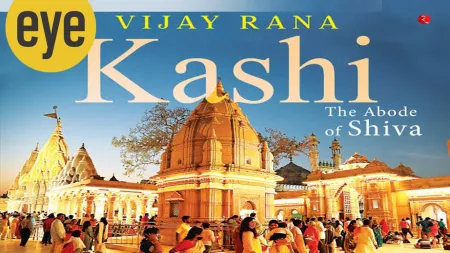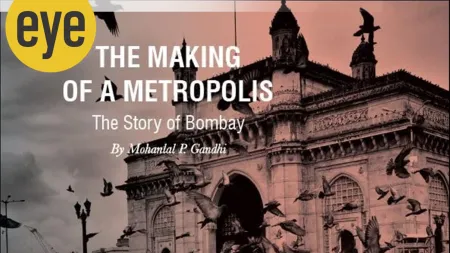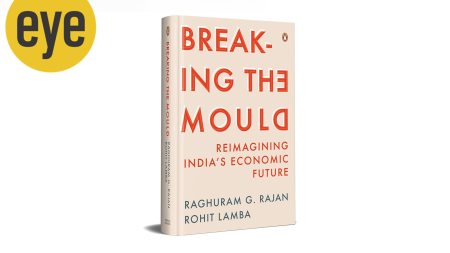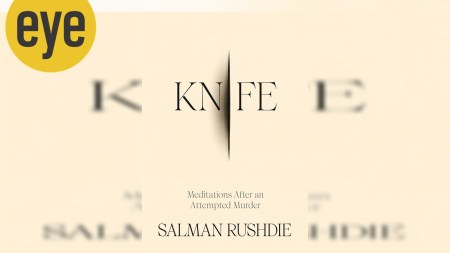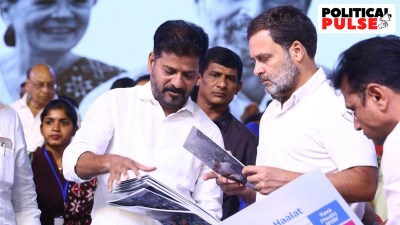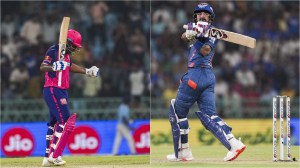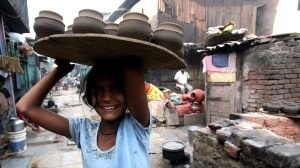- India
- International
Blast samples from Vellore college are meteorite parts, says Trichy lab report
The report has named the meteorite, as per international norms, as “BEC 1”, referring to the sample number and the site where it was recovered.
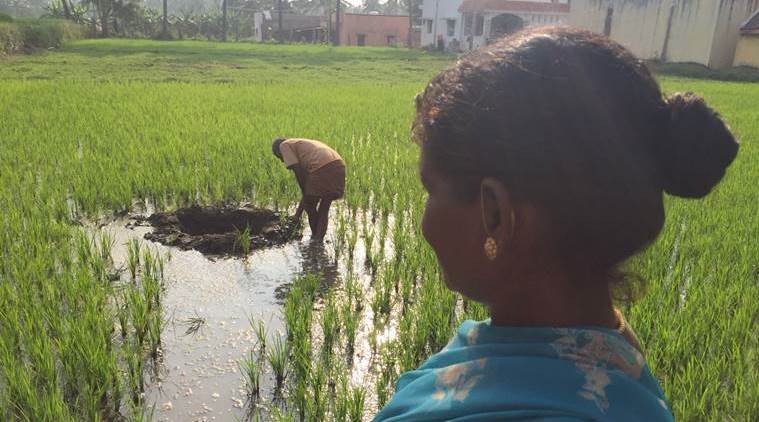 A paddy field in Vellore which also has a similar crater.
A paddy field in Vellore which also has a similar crater.
Nearly a week after an unidentified object caused an explosion at a college in Tamil Nadu, leading to reports of space debris at the site, a lab in Trichy has concluded that samples recovered from the site are meteorite fragments.
According to a preliminary report by National College Instrumentation Facility (NCIF) in Trichy, a Scanning Electron Microscope (SEM) study on samples retrieved from the campus in Vellore where the blast occurred shows the “presence of carbonaceous chondrites”.
“Carbonaceous denotes objects containing carbon or its compounds and chondrites refer to non-metallic meteorite parts containing mineral granules,” K Anbarasu, a geologist who is also principal of the Trichy-based National College, told The Indian Express.
[related-post]
The NCIF is an advanced laboratory set up by the Department of Science and Technology under the Central government and attached to National College, an autonomous institution accredited by the National Assessment and Accreditation Council (NAAC).
On Wednesday, scientists from NASA said that photographs of the site were more consistent with “a land based explosion” and not that of a meteorite strike.

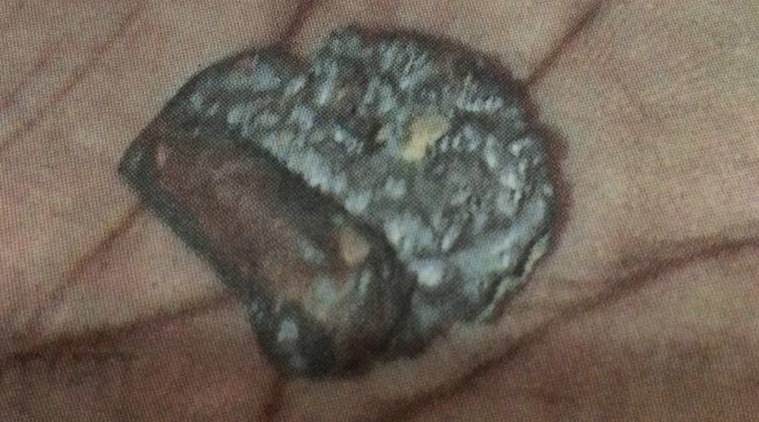 Meteor
Meteor
However, V Adimurthy, a senior space scientist at ISRO and a two-time chairman of the Inter-Agency Space Debris Coordination Committee (IADC), described the findings of the NCIF lab as “very significant”.
Read | Meteorite did it: CM Jayalalithaa on Vellore death
“The report may be clinching evidence. These findings should be shared with other material science experts,” he said.
Anbarasu said the preliminary SEM study was conducted on “small pieces of black material” found near the blast site.
“The crater formed at the spot had been already disturbed by other investigators. So we inspected the entire campus as any meteor incident would scatter several objects across the area before landing. Finally, we spotted several small pieces of this black material, one the size of a paperweight, on the terrace of a building nearby,” Anbarasu said.
Read | Vellore blast: Meteorite claim later, they search for a shooting star
“It was not a common type of meteorite like an iron meteorite or stony meteorite. Only further tests will give us a detailed answer,” he said. Anbarasu said he visited the spot on Tuesday to collect samples along with a chemist, a biotechnologist and a retired official from the Geological Survey of India.
The NCIF’s preliminary report, examined by The Indian Express, states: “The close analysis of SEM images shows the material has the assemblages of innumerable carbonaceous chondrites ranging in size from about 10 to 50 micrometer.”
The report has named the meteorite, as per international norms, as “BEC 1”, referring to the sample number and the site where it was recovered, Bharathidasan Engineering College.
Saturday’s blast killed the driver of a college bus and injured two gardeners. It prompted Chief Minister J Jayalalithaa to issue a hurried statement claiming, without providing any scientific evidence, that the incident was caused by a meteorite strike.
Scientists from the Indian Institute of Astrophysics (IIA) in Bengaluru later indicated that a 10-gm bluish dark stone recovered from the site suggested the presence of a meteorite. But NASA’s planetary defence officer, Lyndley Johnson, said on Wednesday that the object recovered from the site appeared to be the fragment of a common earth rock.
Anbarasu said, “The small pieces of black material we collected from the terrace had flight marking codes or the kind of markings that occur when the object pierces the wind. One sample had visible needle-like marks on the surface.”
Sasi Kumar, one of the two gardeners injured in the incident, told The Indian Express that he didn’t see any “flash” that moment but heard an explosion and felt a “pressure wave”.
“I had maximum injuries on my face, eyes and stomach. I fell unconscious and when I opened the eyes, I found that my pants and shirt had been torn off. I still couldn’t hear properly. There are pieces of rock and sand still stuck in my wounds,” he said.
Apr 28: Latest News
- 01
- 02
- 03
- 04
- 05





